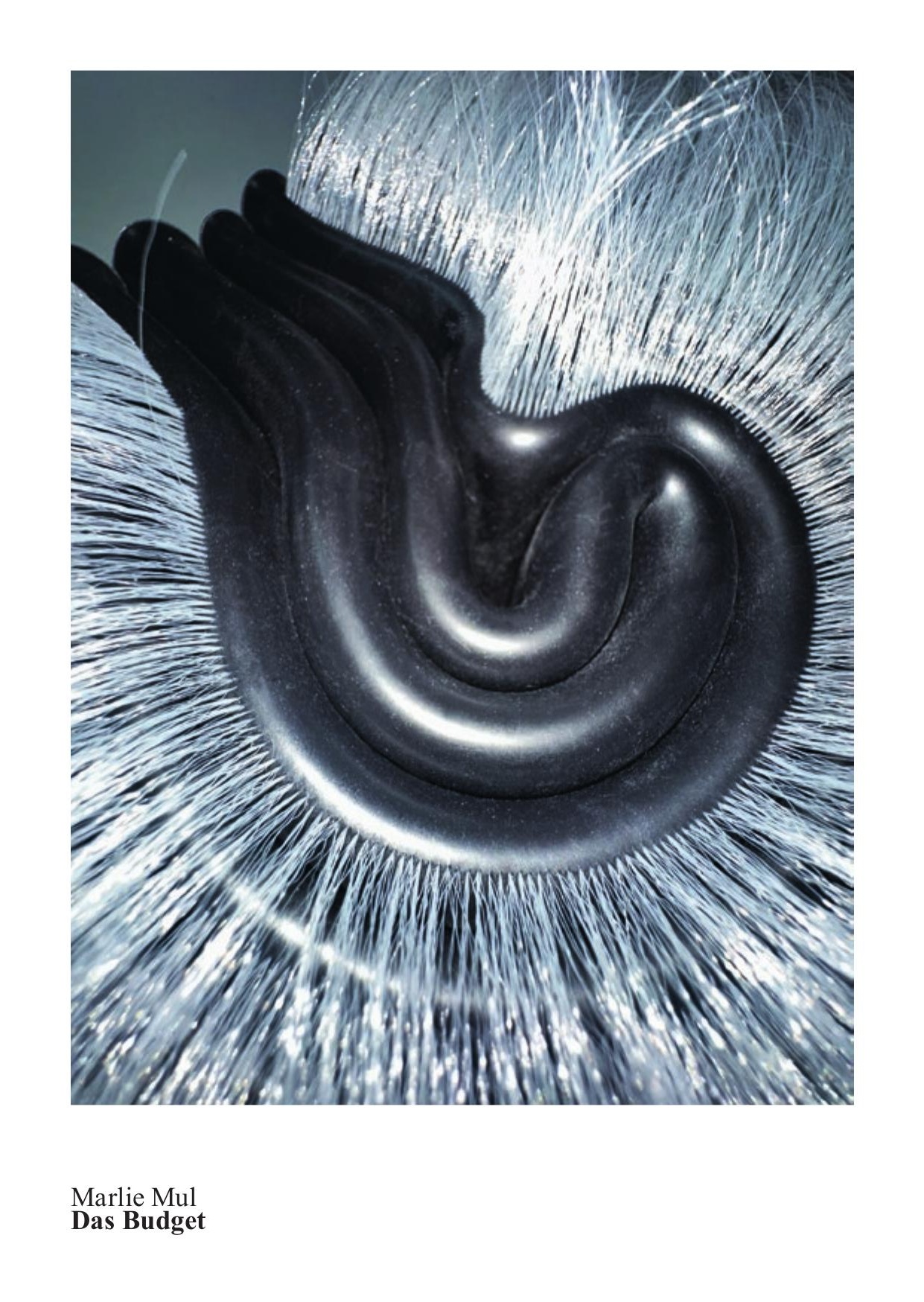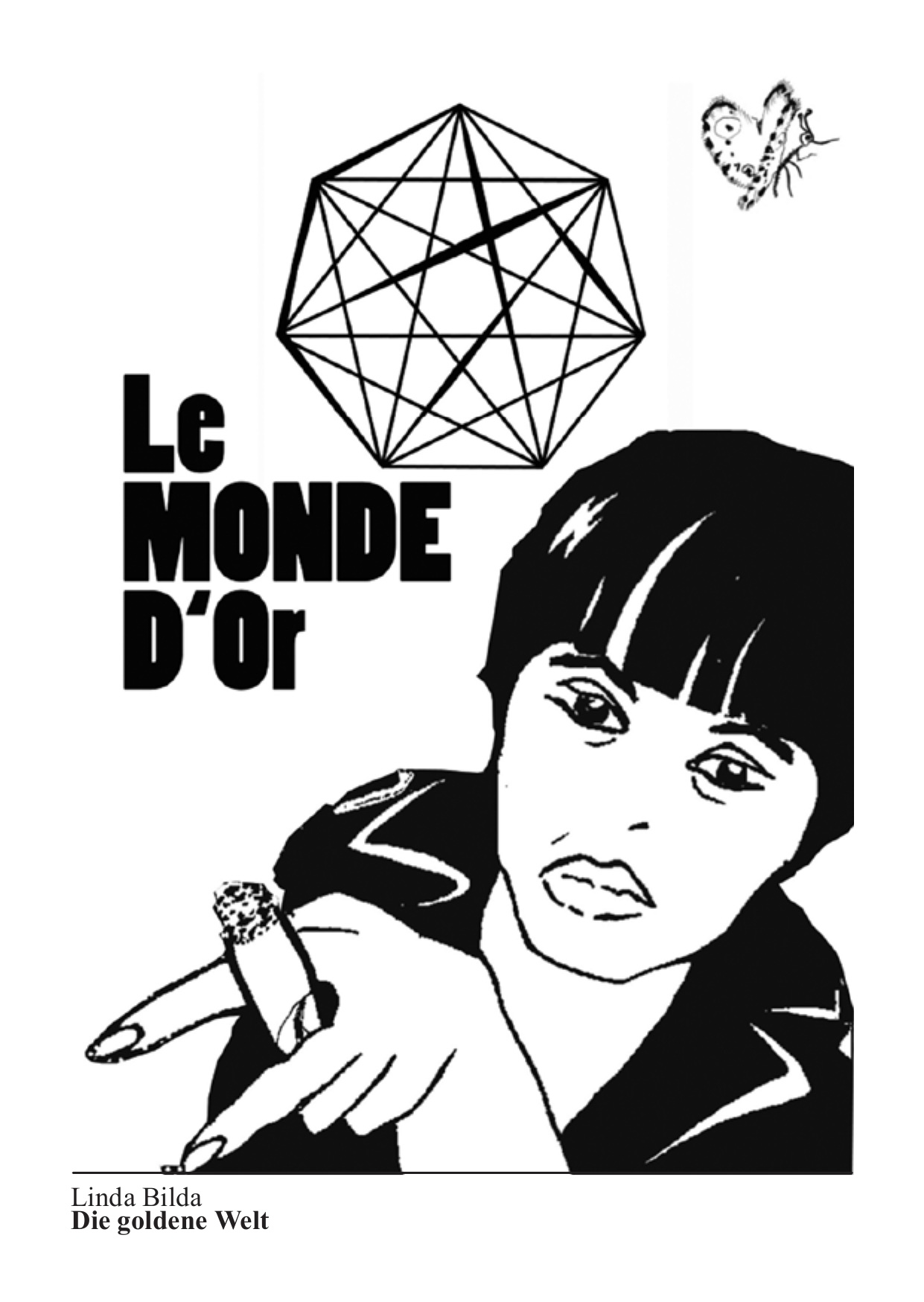22.8. – 14.11.2004
Daniel Robert Hunziker There’s no Other World out There… There’s Just This One
Daniel Robert Hunziker (b. 1965 in Walenstadt, lives and works in Zurich) has made a name for himself in the Swiss art scene since the middle of the 1990’s with subtle spatial interventions and architecturally inspired installations. The Glarus Art Museum now presents the most significant solo exhibition of Daniel Robert Hunziker so far, for which he has created two new installations.
Daniel Robert Hunziker creates his works in the interplay of space and architectural structures. With sharp eyes, he roams through urban and outlying areas, searching for everyday subjects that are nevertheless unusual. He doesn’t focus his attention on historically important buildings designed by known architects, but rather on anonymous functional buildings developed according to the principles of pragmatic, economical design. Often, however, it is also the inconspicuous details – strange, hybrid, temporary constructions in public space –, the purpose of which is not necessarily discernible, that interest the artist the most. Whatever we blind ourselves to in everyday life, because it appears too unimportant or unaesthetic to us, Hunziker pays the most attention to. Serving as examples are the two photographs Narbonner Nische (I + II, 2004) that were used for the invitation card. They depict an improvised ramp – wedged in between a cathedral, historical walls, and temporary scaffolding – leading to nowhere.
Daniel Robert Hunziker’s earlier works were usually precise architectural interventions in an existing space, using the vocabulary of Minimal Art. Despite their impressive dimensions, certain interventions were so subtle that the viewer could only identify the architectural elements as art at second glance. For example, the artist precisely duplicated the exterior wall of a gallery down to the most minute detail and reproduced it inside the gallery (Second, 1999). In recent years, Hunziker’s work – both substantively and formally – has become freer and also more narrative. He continues to use industrial materials available on the market (such as pressboards, metal pipes, wire netting, etc.) and modular systems used in construction, but he now ‹alienates› these more than before. He uses them to create objects that at times evoke non-functional furniture objects or information boards in public spaces, or he transfers elements of ‹found (interior) architecture› into the exhibition hall.
In the large top-lit hall of the Glarus Art Museum, the artist presents a 1:1 reconstruction of a house entrance, the original of which is located in the city of Zurich. The house was built during the Gründerzeit period of industrialization, but was then renovated in the 1970’s according to the prevailing criteria of ‹function› and ‹modernity›. In this entrance configuration with a staircase, which the artist has isolated from its urban and architectural context and brought into the exhibition space as a temporary architectural fragment, two very different building styles collide. Not only do they speak a very different language of forms, but they also contain contradictory lifestyle concepts. The artist found the house entrance worthy of transposition because it resulted from the conjunction of the original, lovingly crafted Jugendstil details and the pragmatically cool elements of the late modern era (and therefore the modern corrupted into pure functionality). The interior design of the entrance also engages in a dialogue with the architecture of the Glarus Art Museum, which was built in 1952 according to modern principles, but still accepts compromises with respect to conventional building traditions (e.g. the saddleback skylight roofs). In terms of atmosphere, the building designed by Leuzinger is situated between the two doctrines manifested in the house entrance.
While the work in the top-lit exhibition hall is rooted in a found urban everyday situation, Daniel Robert Hunziker creates a landscape scene for the side-lit hall. However, it is a strongly stylized landscape, whose surface structure is made up of triangular elements, creating an appearance reminiscent of ‹rendered› surfaces in computer graphics. This minimal representation of what appears most like rock face or stone in terms of form and color shows that Daniel Robert Hunziker’s interest definitely does not lie in natural representation. ‹Nature› is only alluded to and interests the artist at its margins, at the interface with ‹culture›; i.e., where humans begin to intervene in nature, disciplining it and taming it, or using it for themselves. This interface is represented here by a curved balustrade and a wire netting fence, which unambiguously signal that the mountain landscape reaching up to the ceiling cannot itself be entered. The side-lit hall is thereby divided into three sectors: one accessible to the viewer, one visible but not accessible, and one invisible (or rather: one visible only from the outside). Looking from the Volksgarten park into the rear part of the hall, the viewer gets to see the back of the scene, which – like most of Hunziker’s works – consciously reveals the principles of the construction.
In addition to these two new installations, sculptures and objects created by Daniel Robert Hunziker in recent years are exhibited.

















